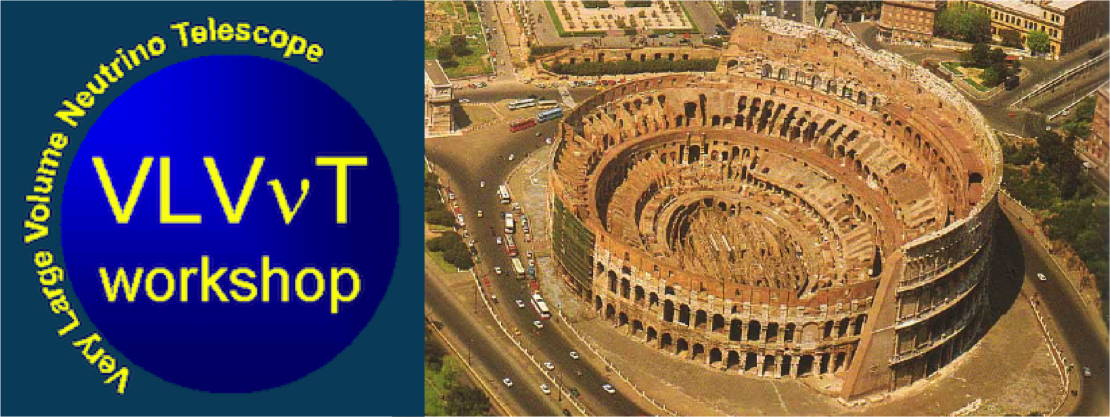Speaker
Matteo Favaro
(INFN - National Institute for Nuclear Physics)
Description
KM3NeT-Italia is an INFN project supported with Italian PON fundings for building the core of the Italian node of the KM3NeT neutrino telescope.
The detector, made of 700 10" optical modules (OMs) lodged along 8 vertical structures called {\em towers}, will be deployed starting from fall 2015 at the KM3NeT-It site, about 100 km off Capo Passero, Italy, 3500 m deep.
The {\em all data to shore} approach is used to reduce the complexity of the submarine detector, demanding for an on-line trigger integrated in the data acquisition system running in the shore station, called {\em TriDAS}.
Due to the large optical background in the sea from $^{40}$K decays and bioluminescence, the throughput from the underwater detector can range up to 30 Gbps. This puts strong constraints on the design and performances of the TriDAS and of the related network infrastructure.
In this contribution the technology behind the implementation of the TriDAS infrastructure is reviewed, focusing on the relationship between the various components and their performances. The modular design of the TriDAS, which allows for its scalability up to a larger detector than the 8-tower configuration is also discussed.
Primary authors
Carmelo Pellegrino
(INFN)
Francesco Giacomini
(INFN CNAF)
Matteo Favaro
(INFN - National Institute for Nuclear Physics)
Matteo Manzali
(Universita di Ferrara (IT))
Tommaso Chiarusi
(INFN - Sezione di Bologna)
Co-author
KM3Net-Italia Collaboration
(INFN)




